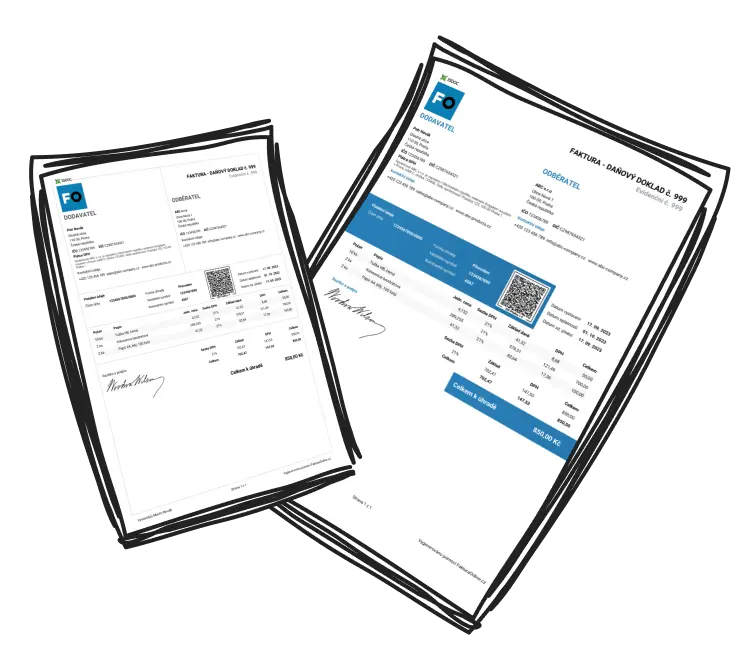Many people concentrate on all tasks equally, yet grasping priorities at work examples can enhance focus on critical responsibilities. Priorities at work are tasks aligned with goals, deadlines, and organizational needs. Below are practical examples of common priorities:
Meeting a pressing deadline, as seen in high-priority work examples: For instance, delivering a key presentation to stakeholders on time.
Managing urgent client inquiries highlights work priority examples: Ensuring client questions are resolved promptly to maintain satisfaction.
Attending performance reviews or private manager meetings exemplifies prioritizing professional growth: These are opportunities to develop and align with professional goals.
Collaborative team tasks that impact overall objectives: Such as contributing to a shared report or brainstorming with teammates for a project idea.
Resolving critical problems: Prioritizing system outages or urgent operational issues over routine tasks.
Professional development activities: Attending training sessions to improve skills tied to long-term organizational success.
Why Are Priorities at Work Important?
Without clear work priorities, tasks can become chaotic and productivity can falter. Setting priorities ensures that tasks are completed efficiently, reduces stress, and aligns individual efforts with business objectives.

Tip
Focusing on crucial tasks is a work priority example that manages workload effectively, avoiding burnout and enhancing productivity.
How Can I Effectively Set Priorities at Work?
Struggling to choose between tasks? This simple framework will set you straight:
List all tasks: Start by noting down everything you need to complete.
Categorize based on urgency and importance: Use tools like the Eisenhower Matrix to divide tasks into four categories—urgent & important, important but not urgent, urgent but not important, neither urgent nor important.
Set SMART goals: Make tasks Specific, Measurable, Achievable, Relevant, and Time-Bound for clarity.
Use priority management tools: Apps like Trello, Asana, or Microsoft To-Do can keep your workload organized.
Regularly review and adjust: Deadlines and needs change—remain flexible to reassess and reorganize as needed.
Pareto Principle (80/20 Rule)
Focus on the 20% of tasks that bring 80% of results. This keeps you productive and avoids wasting time on low-impact activities.
What Practical Examples Show How to Manage Priorities at Work?
Examples bridge the gap between theory and real-world execution—find out how they work. Below are scenarios that showcase effective prioritization:
Managing conflict between urgent and long-term tasks: For example, if a key client milestone is due but you also need to complete a routine performance review, tackle the client task first because of its deadline and critical impact. Schedule the review afterward.
Dealing with added tasks that disrupt your plan: Imagine your usual social media schedule is suddenly interrupted by breaking industry news. In this case, prioritizing a timely response boosts audience engagement while non-urgent tasks can wait.
Allocating effort intelligently for high-stakes projects: If you’re working on multiple deadlines, break down the most important deliverables into small chunks, tackle them with focus, and communicate with your team to avoid feeling swamped.
By staying flexible and focusing on clear deadlines, you can adapt your priorities without derailing long-term goals.
How Can I Use Priorities at Work Examples to Improve Productivity?
Examples provide clarity and confidence—boost your productivity today with these insights. Use success stories to model your own approach. For instance, observing how IT teams prioritize system outages over minor requests can inspire you to focus on high-impact tasks in your work.
Focus on proactive strategies: Aim to work on tasks that move the needle, instead of only reacting to distractions.
Use frameworks consistently: Establish processes like matrices or checklists to structure your workflow.
Build adaptability: Accept that priorities may need to shift and plan methods to reorganize effectively.


